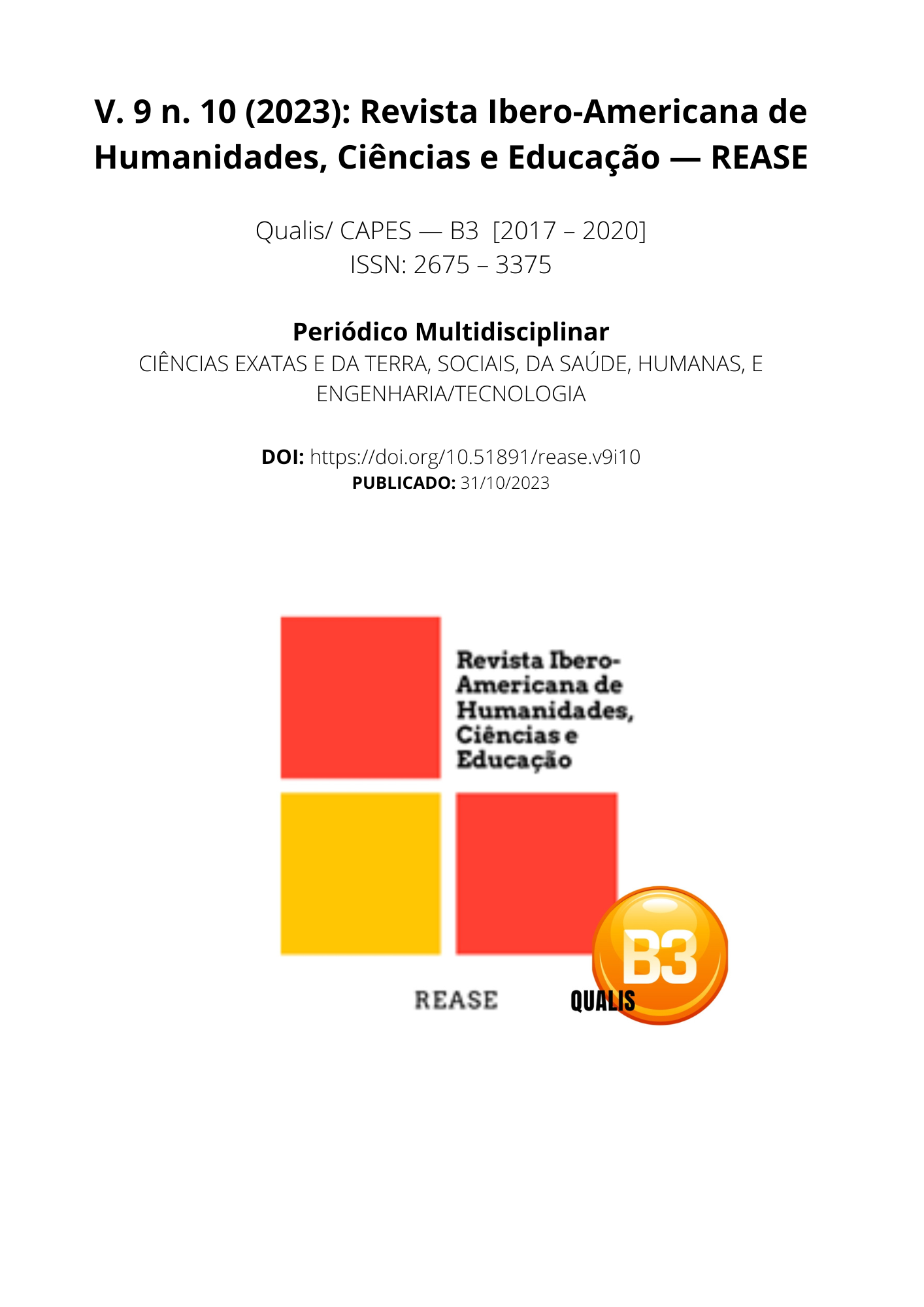TELEWORKING IN TIMES OF COVID-19
DOI:
https://doi.org/10.51891/rease.v9i10.11816Keywords:
Teleworking. Pandemic. Covid-19. Changes. Remote Work.Abstract
The national legal system, through the Consolidation of Labor Laws, already provides for a series of work modalities and the guarantees arising from the forms of contracting in question. However, the most common was the signing of employment contracts in the traditional way, characterized by the employee's attendance at the headquarters of his employer, subordinate to him during the agreed working day. However, the Consolidation of Labor Laws dedicates some provisions to the regulation of teleworking, a modality in which the worker carries out his activities through the use of information and connection technologies, not needing to attend the company's headquarters daily. This article presents concepts, definitions, impacts and adaptations of teleworking in Brazil, highlighting its extreme importance during the Covid-19 global pandemic period, focusing on the main points and the relationship between company and employee, also pointing out possible advantages and disadvantages. This type of work does not exist today, however, with the arrival of the pandemic, several activities were interrupted, and several preventive measures were adopted, including remote work, becoming something common, a necessary requirement for survival in this period, with regulations changed by new law.
Downloads
Downloads
Published
How to Cite
Issue
Section
Categories
License
Atribuição CC BY

